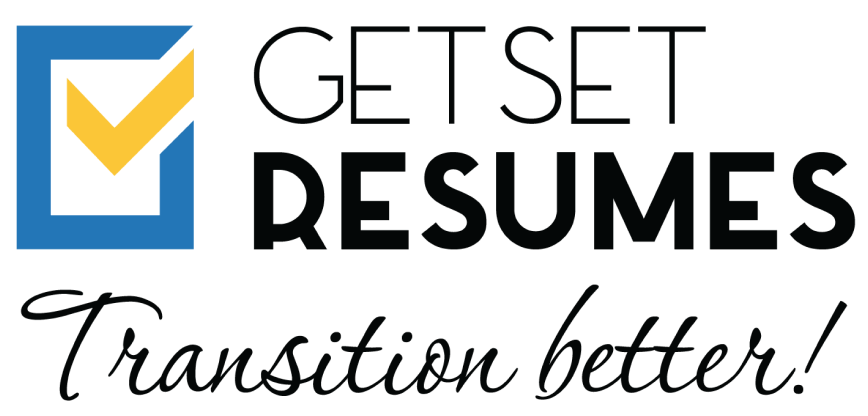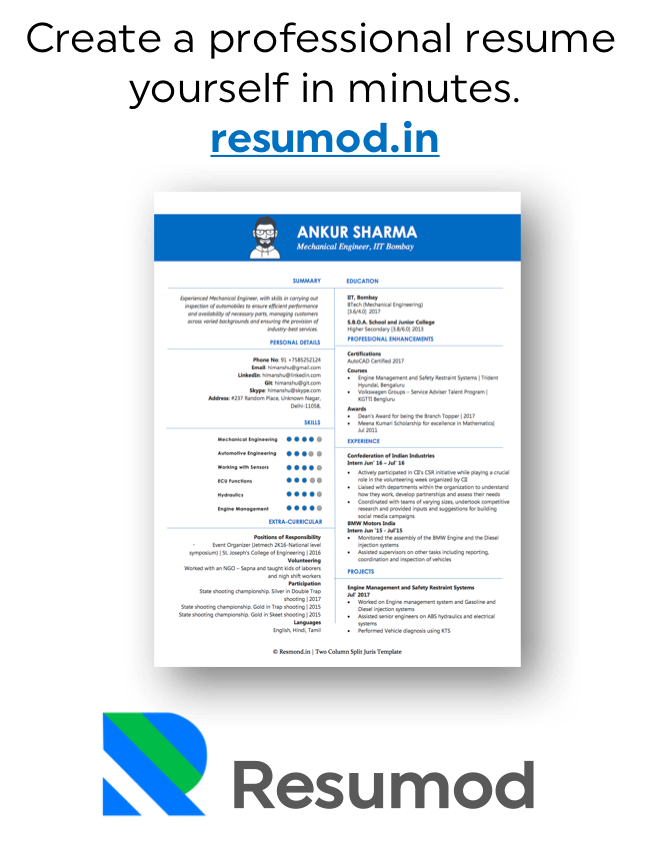For senior leaders, an interview isn’t just about answering questions – it’s about demonstrating strategic vision, problem-solving expertise, and the ability to drive impact at scale. Leadership is not just about holding a title – it’s about the impact you create. Whether you’re aiming for a promotion or transitioning into an executive role, your leadership story is what sets you apart. It’s what makes people believe in you, follow your vision, and trust your decisions.
But how do you craft a leadership story that leaves a lasting impact on hiring managers and decision-makers? It’s simpler than you think! Here are three simple yet powerful steps to build a compelling leadership narrative that positions you for a senior role.
Step 1: Define Your Leadership Identity
Before you can tell a great leadership story, you need to understand who you are as a leader.
Know Your Leadership Style
Leadership comes in many style helps you communicate how you approach challenges and opportunities.
Example: If you are a transformational leader, highlight stories where you inspired teams to embrace change. If you are an inclusive leader, showcase how you fostered diversity and collaboration.
Identify Your Core Values
Your leadership story should reflect the values that guide you. Ask yourself:
- What principles do I never compromise on?
- What drives me to make tough decisions?
- How do I inspire and influence others?
Example: If integrity is your core value, share an experience where you made a difficult ethical decision despite challenges. If innovation drives you, describe a moment where you introduced a game-changing idea.
Clarify Your Vision
Great leaders don’t just execute tasks—they inspire others with a clear vision. Your leadership story should reflect what you stand for and where you want to take an organization.
Example: “I believe in empowering teams through mentorship and technology-driven solutions. My leadership story revolves around fostering innovation and creating an inclusive work culture.”
Once you define your leadership identity, your next step is to bring it to life with real-world experiences.
Step 2: Build Your Leadership Narrative with Key Stories
People remember stories, not resumes. The best leaders communicate their impact through compelling narratives that highlight their growth, resilience, and influence.
Use the STAR Method
A structured way to frame your leadership experiences is the STAR method:
- Situation: What challenge or opportunity did you face?
- Task: What was your role in addressing it?
- Action: What specific steps did you take?
- Result: What was the outcome and impact?
Example:
Situation: Your company faced a decline in customer satisfaction.
Task: As a department head, you were responsible for turning things around.
Action: You initiated customer feedback loops, trained the team, and introduced process improvements.
Result: Customer satisfaction scores rose by 30%, and retention improved significantly.
Highlight Challenges and How You Overcame Them
Your leadership story shouldn’t just focus on successes—it should also show how you handled challenges. Senior roles require resilience, so share moments where you navigated uncertainty or turned failures into growth opportunities.
Example: A time when you had to lead a team through a difficult restructuring, handle a crisis, or make a bold decision despite resistance.
Showcase Your Influence on People and Culture
Senior leaders don’t just manage projects; they shape people and culture. Include stories where you:
- Developed a high-performing team
- Mentored others and helped them grow
- Built a positive and inclusive work environment
Example: “One of my proudest leadership moments was mentoring a junior employee who later became a department head. It reinforced my belief in leadership as a force for growth.”
By structuring your leadership story with these elements, you make it authentic, relatable, and impactful.
Step 3: Communicate Your Leadership Story with Confidence
Once you’ve built a strong leadership narrative, you need to deliver it effectively. Whether in an interview, a meeting, or a networking event, your leadership story should inspire and persuade.
Keep It Clear and Concise
Senior executives value clarity – so avoid unnecessary details. Focus on key highlights and keep your story under 2-3 minutes when sharing verbally.
Tip: Write down your leadership story in a few sentences and practice delivering it naturally.
Adapt to Your Audience
Your leadership story should align with your audience’s expectations.
- In an interview, emphasize problem-solving and strategic impact.
- In a team meeting, highlight collaboration and motivation.
- In a networking event, focus on your vision and leadership philosophy.
Use Powerful Storytelling Techniques
- Start with a hook: Open with a compelling statement or question.
- Show, don’t just tell: Use vivid examples and real emotions.
- End with a lesson or vision: Wrap up with a key takeaway.
Example Opening: “Early in my career, I made a bold decision that changed my leadership journey forever…”
Step 4: Align Your Leadership Story with Your Resume
Your leadership story shouldn’t just be something you say – it should be reflected in your resume as well. A well-crafted executive resume should highlight:
- Your leadership identity – Clearly define your leadership style, core values, and vision.
- Key impact stories – Use quantifiable results to showcase how you’ve driven change.
- Strategic positioning – Tailor your resume for senior roles by emphasizing executive-level contributions, decision-making, and influence.
Example: Instead of saying “Led a team of 50+ employees”, reframe it to “Transformed a 50-member team into a high-performing unit, increasing efficiency by 30% and driving business growth.”
A compelling resume supports your leadership narrative, ensuring consistency across all touchpoints – from interviews to networking conversations.
Your Leadership Story is Your Power
Your leadership story is more than just a set of achievements—it’s a reflection of your values, experiences, and vision. As you aim for a senior role, crafting and communicating your leadership journey can make all the difference.
Step 1: Define your leadership identity – know your style, values, and vision.
Step 2: Build your narrative with real experiences – use challenges, successes, and impact stories.
Step 3: Communicate it with confidence – keep it clear, audience-focused, and compelling.
A powerful leadership story, when combined with a well-crafted executive resume, ensures that you stand out, command attention, and secure the opportunities you deserve.
Need help crafting a leadership resume that gets results? Check our services here!




